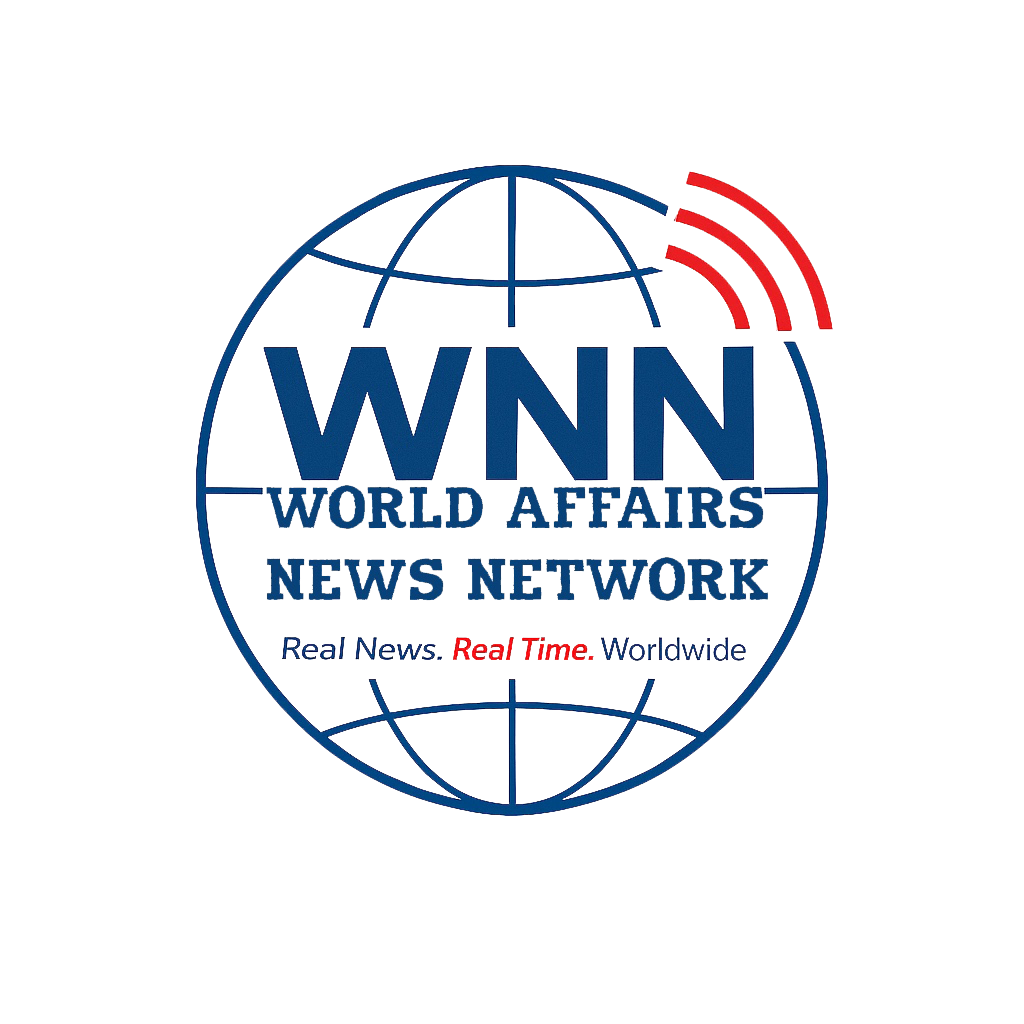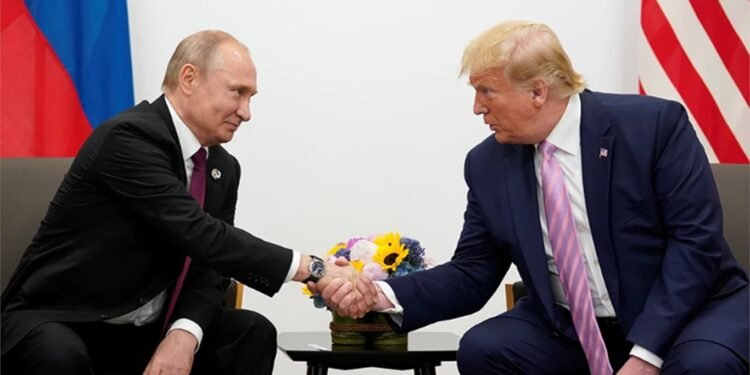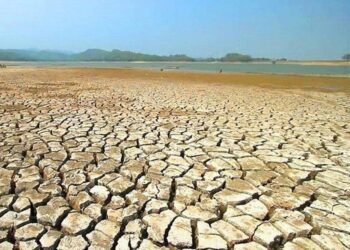When former President Donald Trump and Russian President Vladimir Putin meet at Elmendorf-Richardson Air Force Base in Alaska this Friday, the world faces more than a diplomatic spectacle—it confronts a critical inflection point that could redefine Europe’s security, determine Ukraine’s future, and test Western resolve in the face of Russian military advances.
Putin arrives as Russia’s longest-serving leader since Stalin, outlasting five U.S. presidents and remaining steadfast in his ambition: reclaiming Ukraine for Russia’s empire. For years, Moscow has denounced NATO’s expansion into Eastern Europe as an existential threat, framing Ukraine’s westward pivot as intolerable. Putin’s insistence that Ukraine is inseparable from Russia underpins his strategy, one that seeks international recognition and a back-channel dialogue with Washington, rather than multilateral negotiation with Kyiv or Europe.
This summit occurs as Ukrainian troops continue to fight desperately across the front lines. Recent weeks have seen Russia intensify strikes near Pokrovsk and deploy new drone swarms, reflecting deadly efficiency and a push to consolidate control over the 20% of Ukraine it occupies. Ukrainian officials report Russia transferring thousands of troops to Zaporizhia and Pokrovsk, and forming new divisions poised for more aggressive advances before September.
Russia has incorporated limited sabotage and reconnaissance tactics, seeking to force civilian evacuations and overwhelm defenses, while its drone and missile production reaches new highs. Massive strikes have temporarily halted, possibly as a summit gesture, but experts expect escalation once talks conclude. Putin’s demands remain unchanged: Ukraine must “denazify,” demilitarize, become neutral, withdraw from four occupied regions – Donetsk, Luhansk, Zaporizhzhia, Kherson and recognize Russia’s annexation of Crimea and other territories. He also leverages cultural and religious fissures, presenting Russia as a bulwark for Russian-speaking populations and the part of the Orthodox Church loyal to Moscow.
Ukraine, however, rejects all territorial concessions and insists on sovereignty over every inch of land, including Donbas and Crimea—refusing to accept neutrality imposed by threat. Europe’s commitment to Kyiv remains vocally strong, with Germany, France, Italy, the UK, and others rallying support and declaring any future deal must not change borders by force. In an August 13 call, Western and Ukrainian leaders underscored unwavering backing for Ukraine’s sovereignty and security.
Still, divisions surface: Hungary’s Viktor Orbán continues to block unified European action, and doubts linger about the endurance of European resolve. Allies insist Ukraine must be at the table for any peace process; Trump’s proposal for a trilateral follow-up summit with Zelenskyy and Putin fuels anxiety that vital decisions could occur without Kyiv’s input. Meanwhile, Trump’s stance oscillates between peacemaker and disruptor. He threatens “severe consequences” for Russia if no progress is made but has raised the prospect of “swapping of territories” as a pathway to peace—a notion fiercely rejected by Ukraine.
The Alaska summit is meant as a “listening exercise,” but behind the scenes, U.S. policy is quietly shifting: the Biden administration declared that Europe, not the U.S., will be the primary funder of military aid for Ukraine going forward, even as European banks and defense consortiums ramp up support.
European leaders warn that any peace must offer robust and credible security guarantees for Ukraine, and that international borders cannot be altered by force. On the battlefield, Russia continues reinforcements around key sectors and advances in northern Kharkiv, western Zaporizhia, and near Toretsk, while Ukraine resists, launching counterattacks and benefiting from Western arms supplies.
Moscow reportedly expects to expand its army by ten new divisions by year-end, with ongoing recruitment to offset casualties. The summit itself is strategically staged in Alaska, a location steeped in historical symbolism and proximity to Russia—allowing Putin to negotiate on nearly home turf. Both leaders seek personal and international gain: Putin wants recognition and the end of his diplomatic isolation; Trump hopes to broker a deal that elevates his global stature and cements his reputation as a negotiator.
This summit is a calculated geopolitical gamble, the stakes of which include sovereign borders, transatlantic alliances, and the architecture of post–Cold War order. Its outcome will reverberate through Kyiv, Brussels, and Washington potentially shifting the balance of power for years to come. The world awaits, wary that what transpires in Alaska may not just stabilize or upend Eastern Europe, but redefine the norms by which great powers deal with war, peace, and the rights of smaller nations.
– Dr. Shahid Siddiqui; follow via X @shahidsiddiqui





















